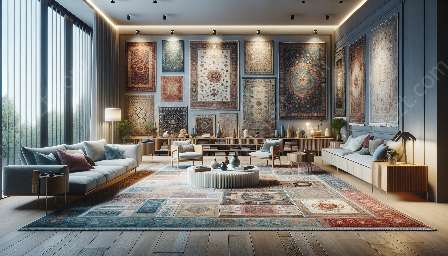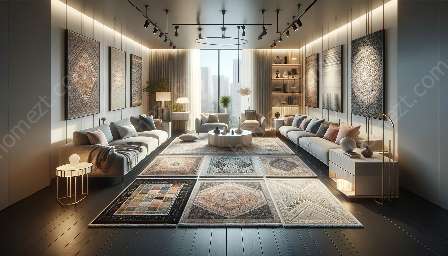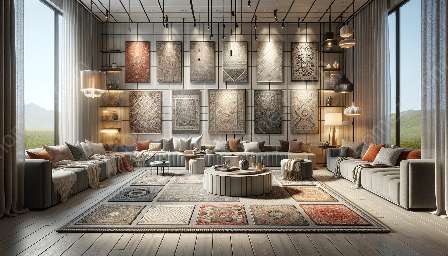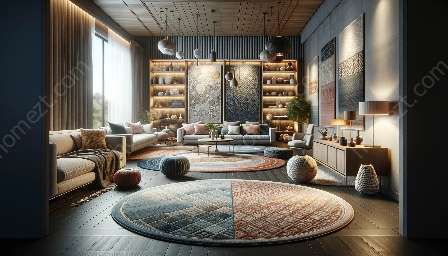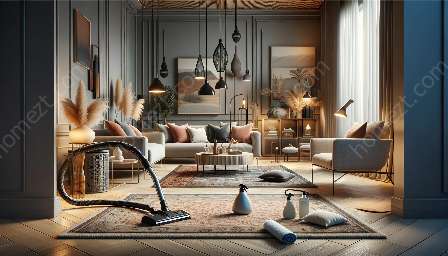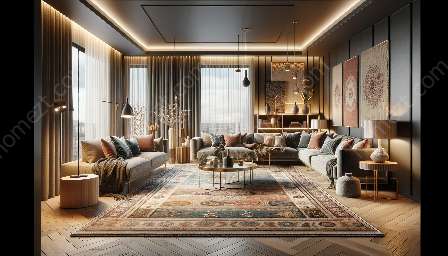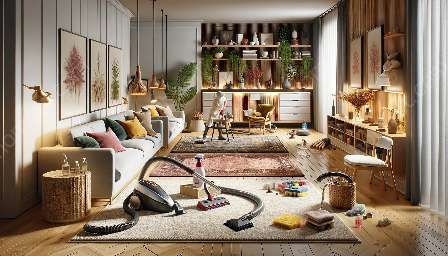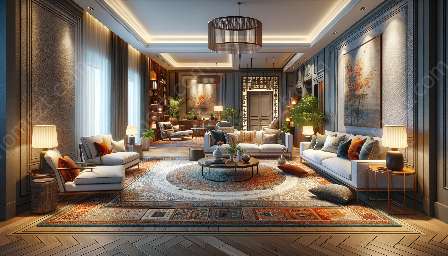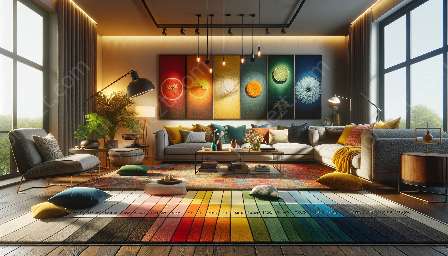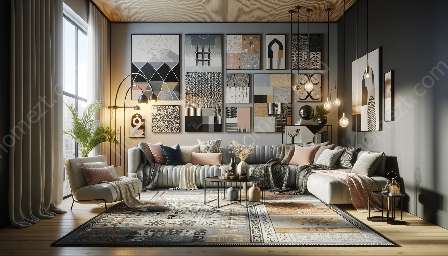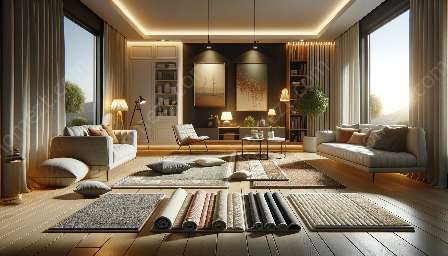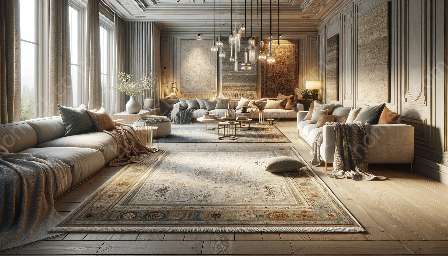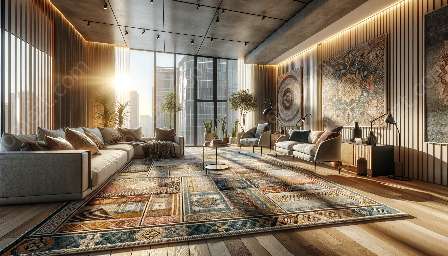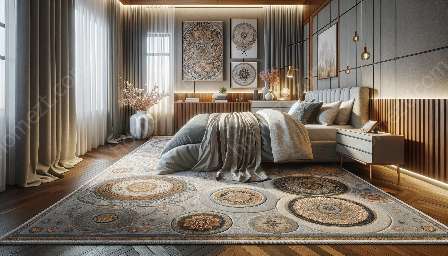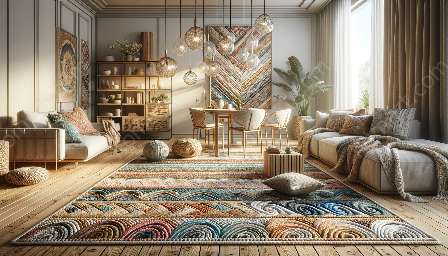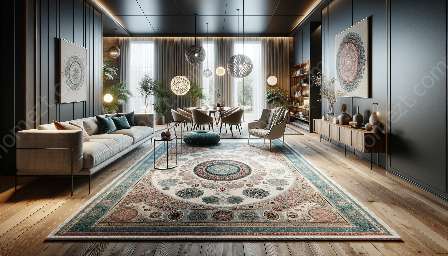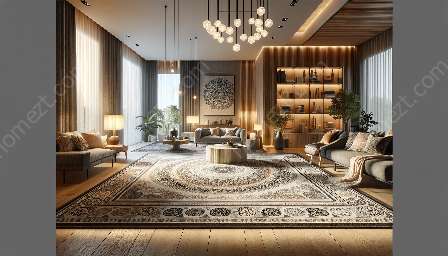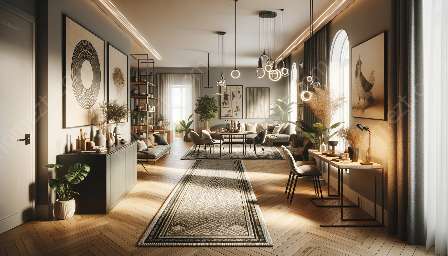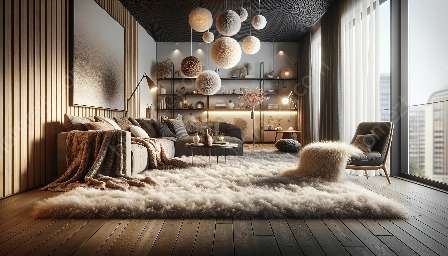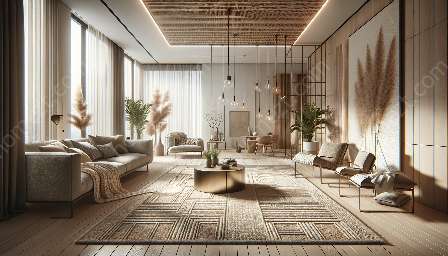Rug color psychology delves into the emotional and psychological effects of different colors on our home environment and overall well-being. When it comes to home furnishings, rugs play a significant role in setting the tone and ambiance of a space. The colors of rugs can influence our mood, perception, and even physical sensations within a room. Let's explore the fascinating world of rug color psychology and its compatibility with home furnishings.
Understanding Rug Color Psychology
Rug color psychology is the study of how different colors can evoke specific emotions, thoughts, and behaviors in individuals. Each color has its own psychological impact, and this knowledge can be applied to interior design to create desired atmospheres and experiences within a space.
1. Red Rugs: Red is a bold and passionate color that can stimulate energy, excitement, and even appetite. A red rug can make a bold statement in a room and create a lively and vibrant atmosphere, making it suitable for spaces where social interaction and energy are encouraged, such as dining rooms or living rooms.
2. Blue Rugs: Blue is known for its calming and serene properties. A blue rug can evoke feelings of relaxation, tranquility, and peace, making it a perfect choice for bedrooms or meditation areas. Its cooling effect can also create a sense of spaciousness, making it ideal for smaller rooms or areas with minimal natural light.
3. Yellow Rugs: Yellow is associated with joy, optimism, and warmth. A yellow rug can bring a sense of cheerfulness and positivity to a room, making it an excellent choice for entryways or areas where a welcoming and uplifting atmosphere is desired.
4. Green Rugs: Green symbolizes nature, harmony, and balance. A green rug can bring a sense of rejuvenation and balance to a space, making it a suitable choice for home offices, reading nooks, or areas dedicated to relaxation and mindfulness.
Choosing Rug Colors for Home Furnishings
When selecting rug colors for home furnishings, it's essential to consider the overall theme, purpose, and ambiance of the space. A cohesive color scheme can tie the room together and create a harmonious and inviting environment. Here are some tips for choosing rug colors based on rug color psychology:
- Consider the Room's Function: Think about the intended use of the room and select rug colors that align with the desired atmosphere. For example, warm and inviting colors like red, orange, or yellow can enhance social spaces, while calming colors like blue or green are well-suited for relaxation areas.
- Take Lighting and Room Size into Account: Light and room size can affect how rug colors are perceived. In well-lit spaces, vibrant colors may appear more striking, while in smaller rooms, lighter colors can create an illusion of openness and airiness.
- Create Visual Harmony: Coordinate rug colors with existing furniture and decor to ensure a harmonious and balanced look. Complementary or analogous color schemes can create a sense of cohesion, while contrasting colors can add visual interest and focal points.
Enhancing Home Furnishings with Rug Color Psychology
Rug color psychology provides a powerful tool for enhancing home furnishings and creating personalized, meaningful spaces. By understanding the psychological effects of rug colors, homeowners can intentionally design their living environments to evoke specific emotions and moods.
Whether it's a vibrant red rug that energizes a gathering space or a soothing blue rug that promotes relaxation, the impact of rug colors on home furnishings is undeniable. By incorporating the principles of rug color psychology into interior design, individuals can transform their living spaces into inviting, inspiring, and emotionally resonant sanctuaries.

